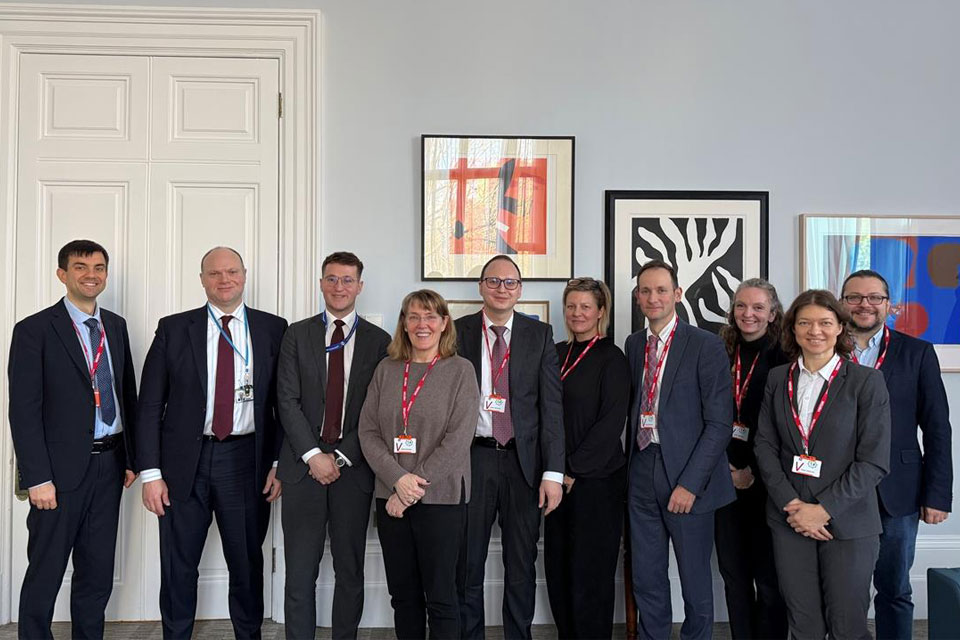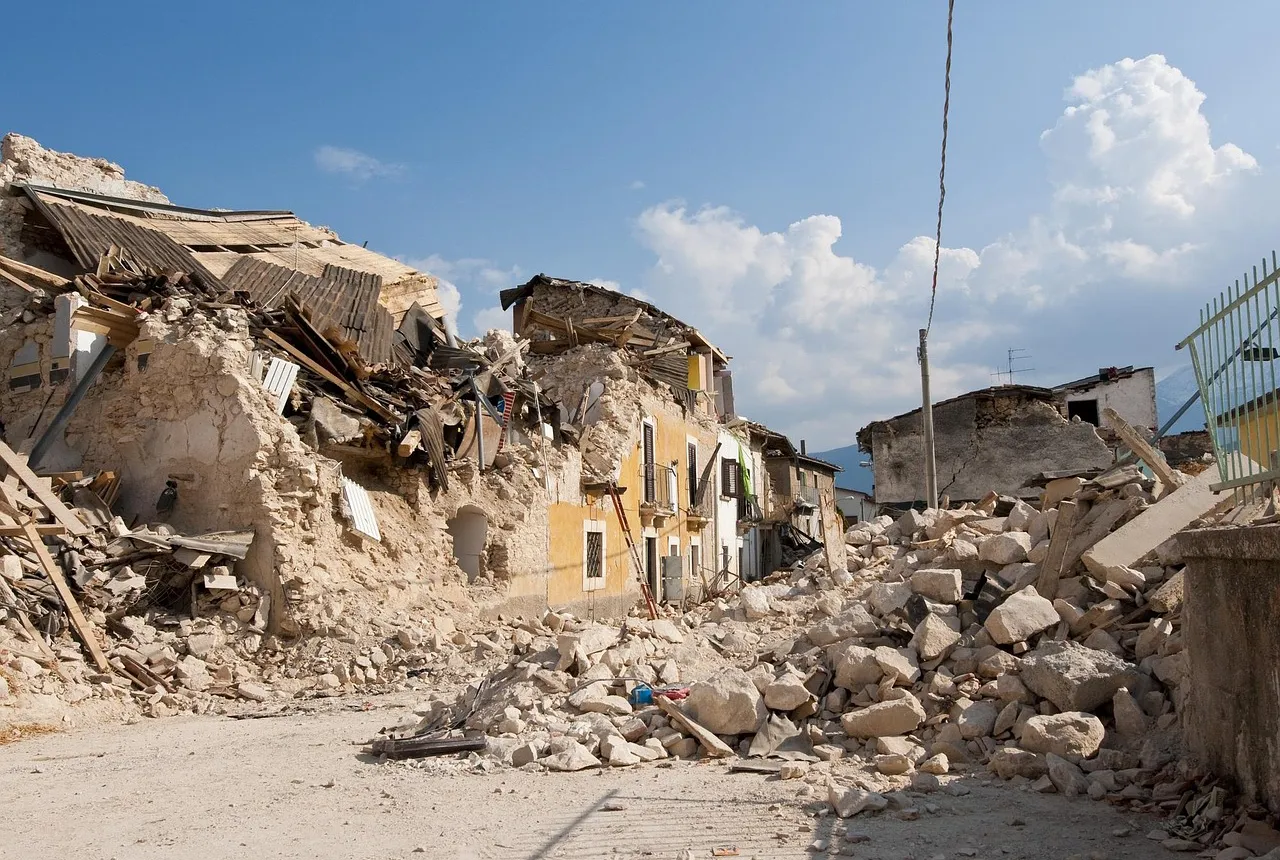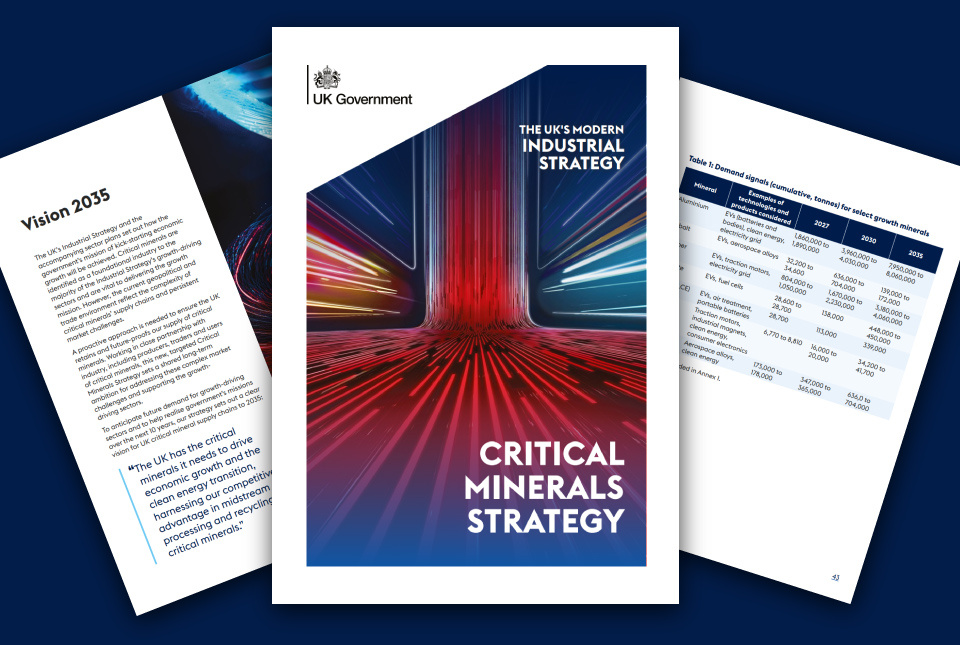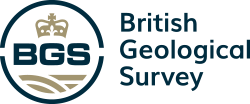UK’s geomagnetic blind spots tackled with new observatories
Three new geomagnetic observatories have been installed across the UK to fill in the country’s 'blind spots' and tackle the risk posed by space weather.
28/07/2022 By BGS Press
Three new underground geomagnetic observatories in County Fermanagh, Leicestershire and Sussex will detect and eventually help predict space weather, which can potentially disrupt power grids, satellite communications and the GPS on smartphones.
They were installed underground in quiet, rural locations by the BGS Geomagnetism team. The solar-powered observatories will collect data about Earth’s natural magnetic field and send it back to BGS in real-time, using the mobile phone network.
Why do we need new geomagnetic observatories?
Intense geomagnetic storms can have an adverse impact on technology like
power systems, satellite operations and smartphones.
The new magnetometers mean we now have full coverage of magnetic field change across the UK.
Very large geomagnetic storms produce widespread aurora. While beautiful, they have the potential to be incredibly disruptive.
They could cause power disruption and affect essential services like satellite communications and transport.
Now that we have monitors in our blind spots, we will better understand in detail where and what ground effects can occur and understand why they happened.
Dr Ciarán Beggan, BGS Geophysicist.
Britain has had geomagnetic observatories in Shetland, Eskdalemuir and
Devon since 1908, covering the country from north to south; the three new observatories will improve the breadth of measurements from west to east.

Zones of influence for the geomagnetic observatories.
The blue dots are existing observatories in the UK, Ireland and in northern Europe. The green dots are new UK observatories, three of which BGS installed in the past six months. The graded colouring from red to yellow shows the distance away from each location (up to 300 km away). No UK observatory is more than about 350 km (yellow colour) from its nearest neighbour and every part of the UK is within 200 km of an observatory.
The Aberdeen observatory is operated by Lancaster AuroraWatch, not BGS.
BGS © UKRI.
Mitigating a national risk
Severe space weather was included in the UK Government’s National Risk Register 2020.
Geomagnetic storms are one form of space weather. They interrupt essential
services by creating geoelectric fields in the subsurface, which then flow
into transformers, pipelines and railways, causing malfunctions.
Other effects include an increase in the density of the upper atmosphere (ionosphere), which disrupts radio waves passing through it. This leads to a loss of signal between the ground and satellites, affecting communications and the accuracy of global navigation satellite systems (GNSS). A huge number of technology systems rely on GNSS, including:
- phones
- trains
- self-driving vehicles
- timing for internet transactions
Major geomagnetic storms are relatively rare but, as Dr Beggan points out, they
have a pattern.
Major geomagnetic storms happen every 30 or 40 years in the UK, but we haven’t had a big one since 1989.
We live in a completely different society now, where we are all reliant on
continuous electricity supplies, smartphones and satellite communications — a major geomagnetic storm could significantly reduce those services.We’re currently moving into a stronger part of the solar cycle, which means the chance of large geomagnetic storms is greater.
Geomagnetic storms are currently hard to predict in terms of size or even arrival time from the Sun. Adding the new sensors means we are able to measure their effects on the ground in real-time and advise on the impact on technology.
Dr Ciarán Beggan, BGS Geophysicist.
Further reading
- Find out more about geomagnetism from BGS
Funding
The geomagnetic observatories were funded by UK Research and Innovation’s £20 million Space weather innovation, measurement, modelling and risk (SWIMMR) programme.
Relative topics
Media contact: Sarah McDaid (sarah@mcdaidpr.co.uk 07866789688)
How were the new sites selected?
Ciarán Beggan said: ‘We need a magnetically quiet, secure site. A magnetically quiet site must be at least 250 m from buildings, power lines and electric fences and 5 km from an electrified train line.
‘Ideally, it will have a south-facing aspect for the solar panel and 1 m of soil to allow the sensor to be buried. We ask permission from the landowner prior to installation. We want locations that are around 200–250 km from the existing observatories as this is the general “scale” of magnetic field changes during geomagnetic storms.
‘Fermanagh is the most westerly part of Northern Ireland. The Sussex site is relatively easterly and is part of an existing BGS facility at Herstmonceux. The Leicestershire site is approximately in the middle of England, equidistant between the observatories in Devon and Eskdalemuir.’
Examples of geomagnetic storms having adverse impact:
- 2022: Elon Musk’s SpaceX lost 40 satellites in one day as the result of a geomagnetic storm
- 2003: power outage in Sweden caused by geomagnetic storm
- 1989: Quebec 12-hour blackout caused by geomagnetic storm
- 1859: the ‘Carrington storm’, the biggest ever geomagnetic storm recorded, when people could see the northern lights in the tropics
- What if the Carrington storm happened today, in the satellite comms and smartphone era?
Related news

‘Three norths’ set to leave England and not return for hundreds of years
12/12/2025
The historic alignment of true, magnetic, and grid north is set to leave England, three years after they combined in the country for the first time since records began.

BGS agrees to establish collaboration framework with Ukrainian government
11/12/2025
The partnership will focus on joint research and data exchange opportunities with Ukrainian colleagues.

Making research matter: BGS joins leading research organisations in new national initiative
10/12/2025
A new alliance of 35 organisations has been formed that is dedicated to advancing science for the benefit of people, communities, the economy and national priorities.

New 3D model to help mitigate groundwater flooding
08/12/2025
BGS has released a 3D geological model of Gateshead to enhance understanding of groundwater and improve the response to flooding.

Scientists gain access to ‘once in a lifetime’ core from Great Glen Fault
01/12/2025
The geological core provides a cross-section through the UK’s largest fault zone, offering a rare insight into the formation of the Scottish Highlands.

New research shows artificial intelligence earthquake tools forecast aftershock risk in seconds
25/11/2025
Researchers from BGS and the universities of Edinburgh and Padua created the forecasting tools, which were trained on real earthquakes around the world.

BGS welcomes publication of the UK Critical Minerals Strategy
23/11/2025
A clear strategic vision for the UK is crucial to secure the country’s long-term critical mineral supply chains and drive forward the Government’s economic growth agenda.

New funding awarded for UK geological storage research
21/11/2025
A project that aims to investigate the UK’s subsurface resource to support net zero has been awarded funding and is due to begin its research.

UK braced for what could be the largest solar storm in over two decades
12/11/2025
Intense geomagnetic activity could disrupt technology such as communication systems, global positioning systems and satellite orbits.

First distributed acoustic sensing survey completed at UK Geoenergy Observatory
12/11/2025
New research at the Cheshire Observatory has shown the potential for mapping thermal changes in the subsurface using sound waves.

Latest BGS Geology 50K mapping data launched
06/11/2025
Some of our most widely used maps have received a major update, including the 1:50 000-scale map series that now includes enhanced coverage of Great Britain.

New research highlights significant earthquake potential in Indonesia’s capital city
04/11/2025
Research reveals that a fault cutting through the subsurface of Jakarta could generate a damaging earthquake of high magnitude.




